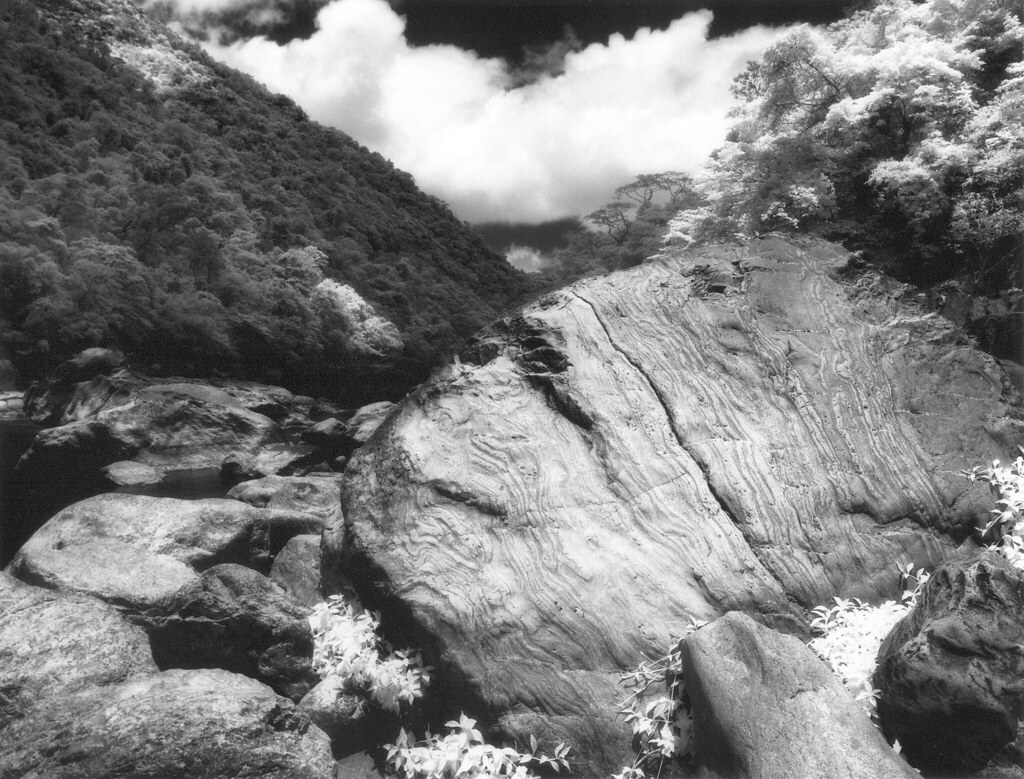I've never used a digital camera but I've shot a lot of infrared on film and some things come to mind:
The amount of focus correction for IR is dependent on the wavelength. Lenses I've used that are corrected for visible light show negligible shift at 720nm.
The same lenses exposing Kodak High Speed Infrared (HEI) out near 900nm show significant focus shift.
I suspect (but cannot prove) that the red IR focussing dot on lenses was traditionally calculated using Kodak HEI as the de facto standard challenge.
Now that HIE is long discontinued I wonder how IR focussing marks are calculated by lens makers.
Venerable authorities were guessing like everyone else. A popular rule of thumb for unknown lenses was to advance the focussing movement by 0.3% to catch the IR focus. Ansel Adams suggested +0.75%. No body specified the actual IR wavelength but all suggested stopping down generously so depth of field would swallow the focussing error. This I still do.
Just for fun here's a recent effort with no focus correction but with the lens stopped down to f22:
Boulder, Barron Gorge, Infrared.
Gelatin-silver photograph on Ultrafine Silver Eagle VC FB photographic paper, image size 16.3cm X 21.4cm, from an Efke IR820 rollfilm negative exposed in a Mamiya RB67 single lens reflex camera fitted with a 50mm f4.5 lens and IR680 filter.
Titled and signed recto, stamped verso.

